You put your baby down on their play mat before stepping into the kitchen to grab your coffee. Although your baby is a newborn and you haven't seen them roll over yet, you hurry back. What if they moved off the mat? Or, what if they learned to roll over?
Babies develop quickly, keeping parents on their toes. Rolling over is an important baby milestone that makes a huge impact on your day to day. As soon as your baby figures out how to roll, they are mobile! So, when does this happen, and how can you help your baby learn this skill?
At What Age Do Babies Roll Over?
"Rolling over is the first position change babies do independently," says June Gehman Deane, a pediatric physical therapist. This usually happens between 4 and 6 months of age.
Every baby is unique and develops at their own pace. The American Academy of Pediatrics includes rolling over as a milestone for 6-month-old babies. However, babies often show readiness skills at four months and build the skill over time. The AAP tool also provides a helpful video that shows what a developmental delay looks like for rolling over.
Signs Your Baby Will Roll Over Soon
How do you know your baby will roll over soon? You can typically notice signs during tummy time. Your baby may show signs including:
- While on their belly, your baby pushes up and straightens their arms.
- While on their belly, your baby rocks back and forth, putting more weight on one arm than the other.
- During tummy time, your baby turns their head to the side to view toys or people.
- Your baby reaches for toys or objects in front of or beside them during tummy time.
As your baby gains strength in their core and arms, they build the skills they need to roll over.
Types of Baby Rolling Skills
Babies master two major types of rolling over. They are:
Rolling from Tummy to Back
Babies typically learn this skill first as it's easier. Usually, an adult has positioned your baby on their belly. Then, they push up using their arms and roll onto their back. It may seem like an accident the first few times your baby rolls over.
Rolling from Back to Tummy
This skill requires more core strength and coordination, as your baby can't use their arms as readily to help them. Rolling from back to belly may take a bit longer. Babies usually achieve this skill before 7 months of age.
Also keep in mind that your baby may only get from back to side for a while. Eventually, they'll roll all the way over.

Tips to Help Your Baby Learn to Roll
Learning to roll is a complex skill. Here's how you can support your baby in achieving this milestone.
1. Give Baby Plenty of Tummy Time
Tummy time is essential for your newborn. Pediatric physical therapist, June Gehman Deane recommends that parents lay baby on their back and gently roll them over onto their tummy. This way, your baby experiences the movement of rolling. Plus, it can help make tummy time more comfortable.
Play with your baby during tummy time. You can show them books, play with toys, or put a child-safe mirror where they can see it. A simple play mat is perfect for keeping your baby comfortable during tummy time.
You might also use a tummy wedge or nursing pillow to prop your baby's chest up. This can help your baby see more and tolerate tummy time better.
Looking for more tummy time activities approved by a pediatric physical therapist? See them here.
2. Try Side Lying
Did you know it takes some core strength to lie on your side? Gehman Deane says, "It's a nice position to explore their hands and build strength."
Especially for babies who don't enjoy tummy time, side lying is a great alternative. Also, side lying is a position in between your baby's back and belly. Getting comfortable on their side helps your baby prepare for rolling over.
3. Help Baby Experience Rolling
It can be helpful to give your baby the experience of rolling over. By positioning their body, they can learn the movements. How does it work?
To teach your baby to roll from tummy to back, start out with your baby on their belly. Then, position their arms so that baby is resting on their elbows. Gently rock your baby back and forth, helping them shift their weight from arm to arm. Then, slowly roll baby onto their back.
Similarly, you can position your baby to roll from back to belly. To do this, gently fold your baby's leg at the knee and pull that knee over the other leg. Then, slowly roll your baby onto their side. You can also show your baby a toy and encourage them to reach for it in the direction they're rolling. Maybe they'll complete the roll on their own!
4. Encourage Baby to Shift Weight
During tummy time, encourage your baby to shift weight to one arm. You can do this by offering a toy and encouraging your baby to reach out for it with one hand. For example, grab a rattle and shake it to get your baby's attention. Then, place it off to the side so they can grab it with one hand.
Beyond Rolling: Baby Milestones
Once your baby can roll, they might start rolling over in their sleep. To ensure safe sleep, be sure to stop swaddling if you swaddle your baby. Continue to put your baby to sleep on their back. However, if they roll over during sleep, it's ok to leave them in the new position.
Rolling is an important milestone that prepares your baby for sitting, crawling, and walking. If you have concerns about your baby's progress, be sure to reach out to your child's pediatrician. Early intervention with an expert can help your baby build the skills and muscles to achieve their milestones.
Sources
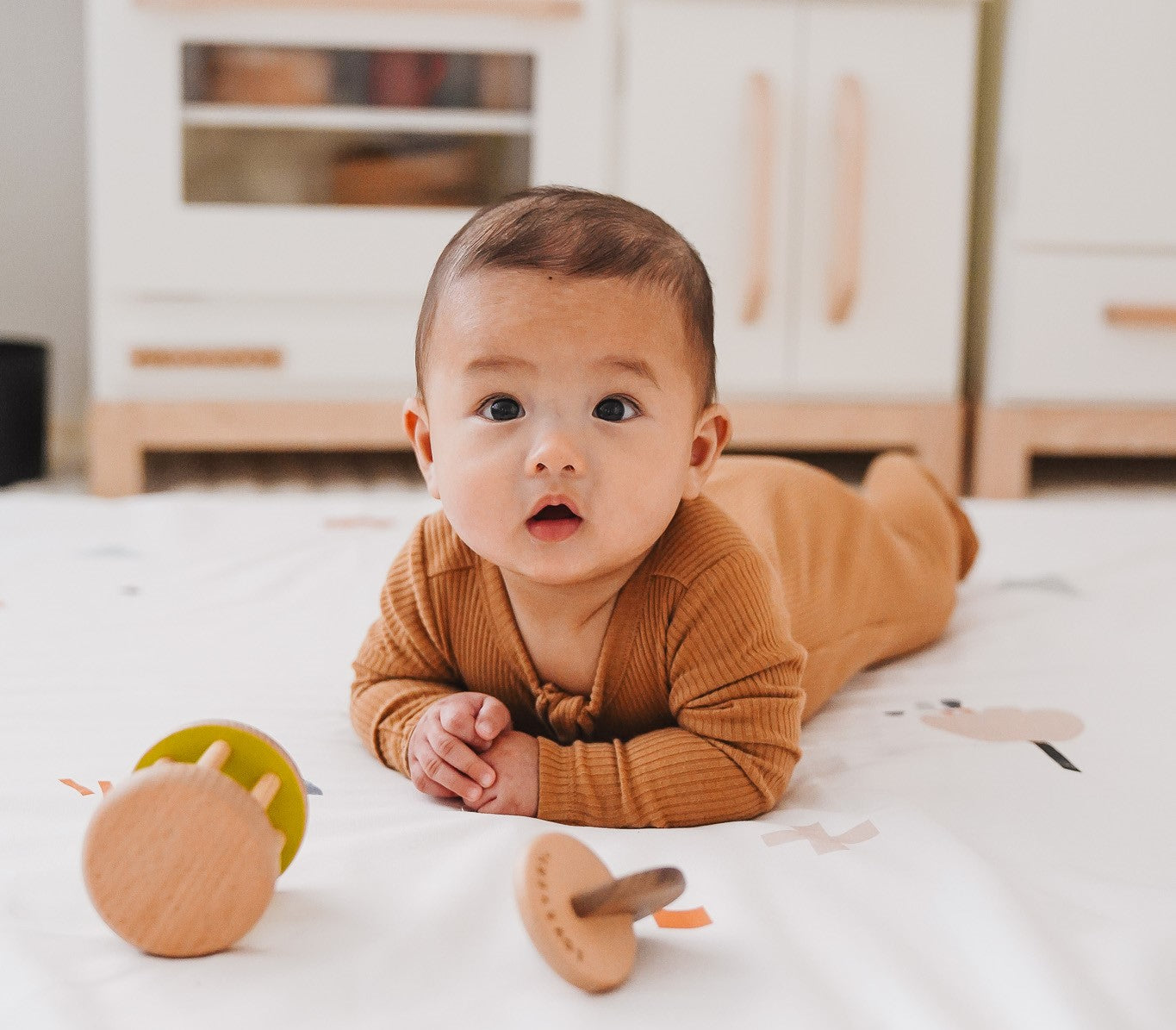

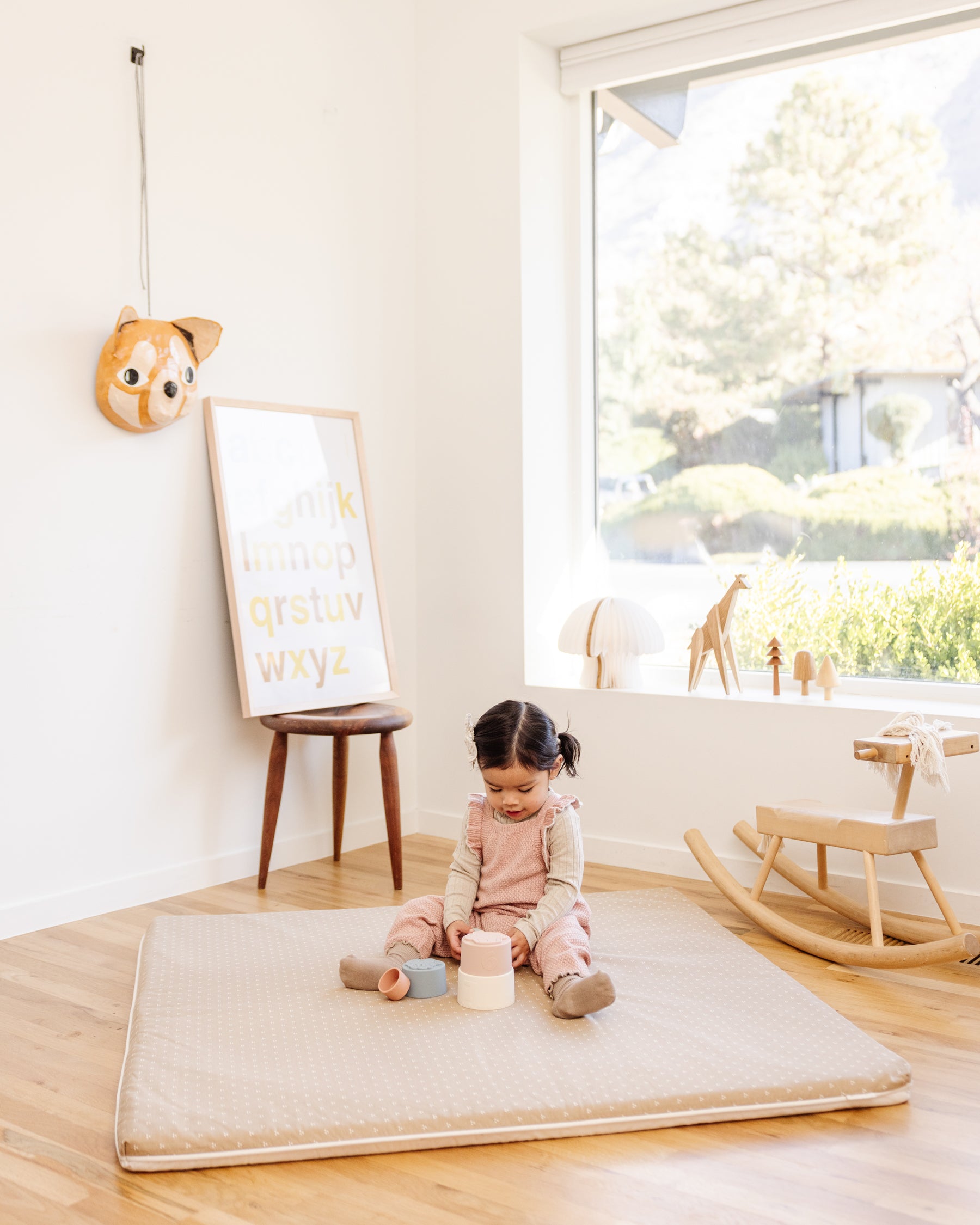
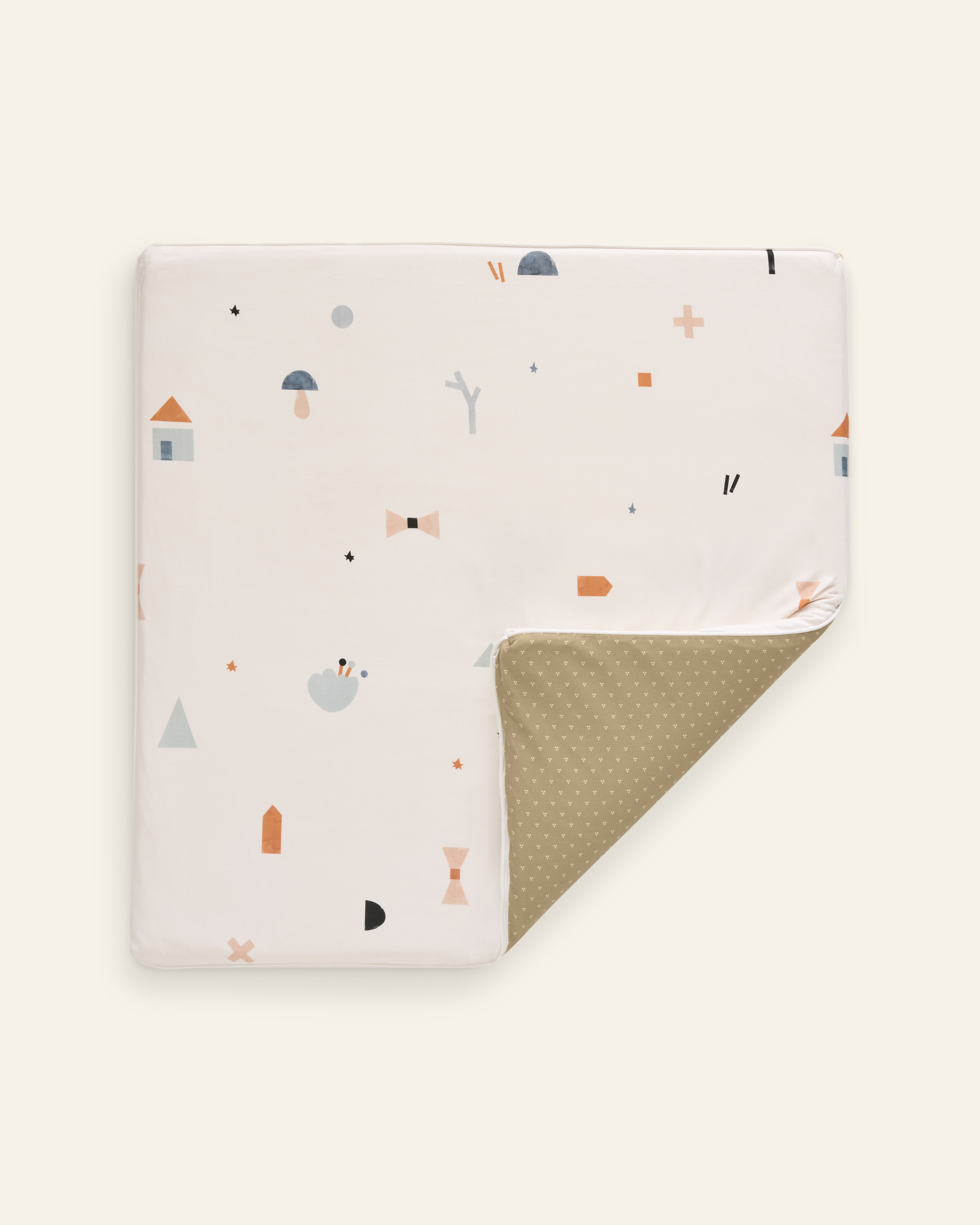
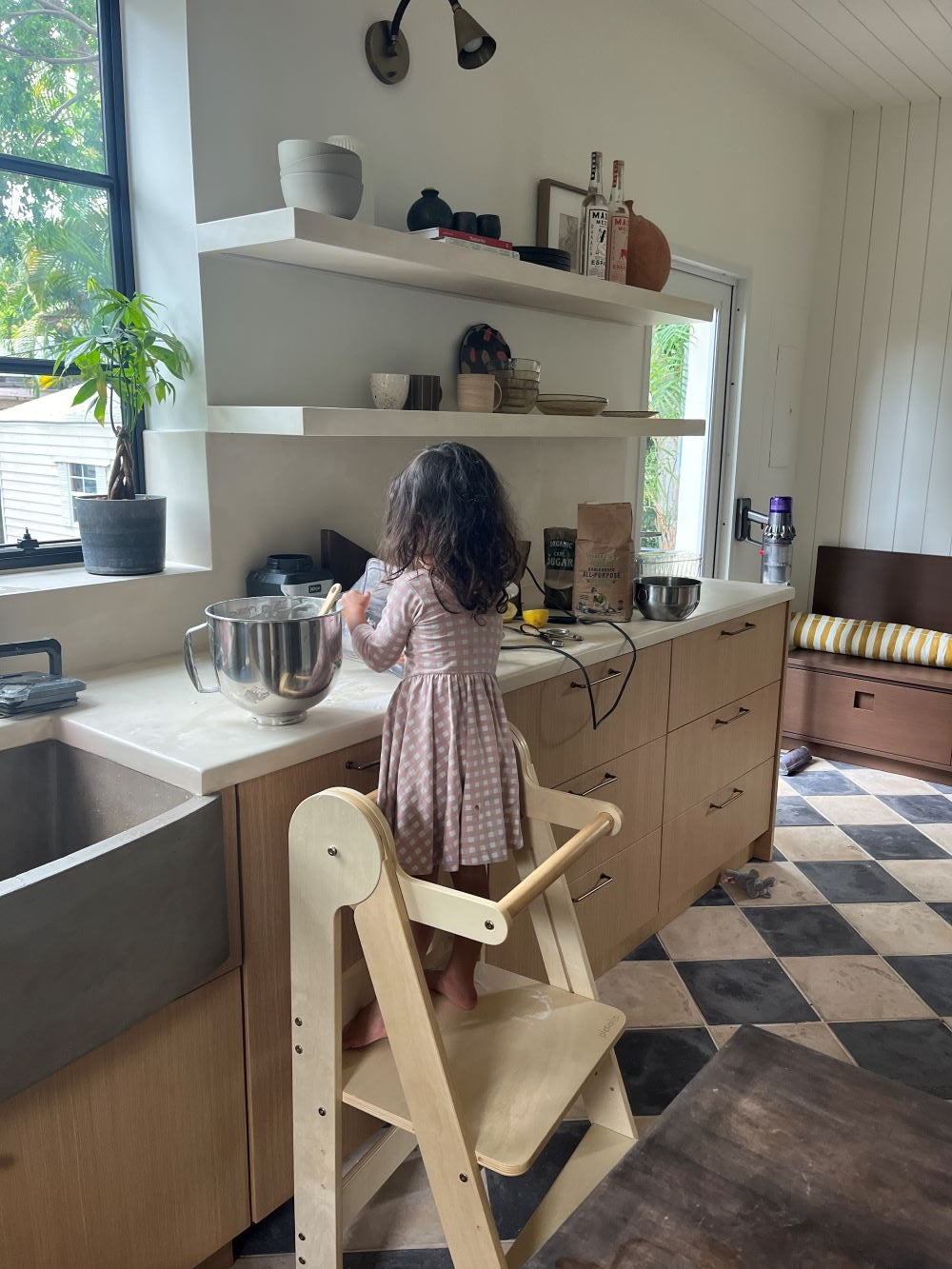

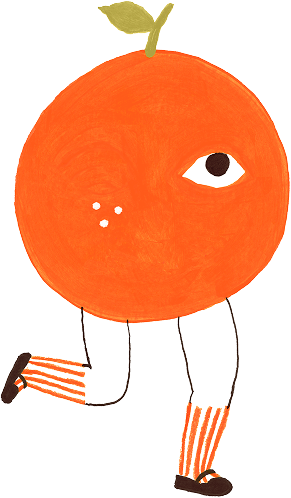



Leave a comment
This site is protected by hCaptcha and the hCaptcha Privacy Policy and Terms of Service apply.